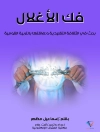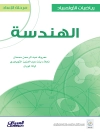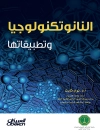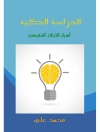This book covers research topics in bilingual education, language policies, language contact, identity of bilingual speakers, early bilingualism, heritage languages, and more, and provides an overview of current theory, research and practice in the field of bilingualism. Each chapter is written by a specialist in the field. Part I focuses on the numerous and heterogeneous relations between languages as well as the implications arising from bilingual speech processing. In Part II, a series of contextualized studies on bilingual classrooms are presented, with diverse research designs applied in different educational settings being a key feature of these studies. Part III bridges theory and practice by offering an insight into mono- and multilingual school settings showcasing examples of educational institutions where bilingualism successfully soared and depicts the needs related to language education.
Cuprins
Introduction.- Part I: LANGUAGE ACQUISITION AND LINGUISTIC ASPECTS OF BILINGUALISM.- Strategies of communication in an NNB family – on the way to bilingual maintenance in a monolingual context – Piotr Romanowski.- Is there a relationship between language competences and metalinguistic awareness? – Zofia Chłopek.- Two grammars in the input – two different strategies to process the input. The usage-based perspective on the development of nominal inflection in a bilingual child – Dorota Gaskins.- Codeswitching in French as foreign language classes in Malta: Implications for learning – Anne-Marie Bezzina & Joanne Gauci.- Understanding linguistic features of Estonian-Latvian bilingual speech – Anna Verschik & Elīna Bone.- Part II: LANGUAGE TEACHING ASPECTS OF BILINGUALISM.- Learning fractions through two languages in an elementary classroom: the interrelation of Maltese and English with the mathematics register(s) – Marie Therese Farrugia.- Are classroom requestssimilar in all EFL settings? Focusing on a young multilingual learning environment – Pilar Safont.- Teaching English in a multilingual classroom: Addressing challenges through teacher education and development – Daniel Xerri.- Bilingualism with English as a “second language” and/or broad plurilingual repertoires: A Swiss point of view – Georges Lüdi.- Part III: LANGUAGE EDUCATION ASPECTS OF BILINGUALISM.- Stop the deficit: Preparing pre-service teachers to work with bilingual students in the United States – Johanna Ennser-Kananen & Christine Montecillo Leider.- Discursive techniques in heritage language education – Corinne A. Seals.- The evolution of bilingual education in monolingual settings: An Andalusian case study – María Luisa Pérez Cañado.












